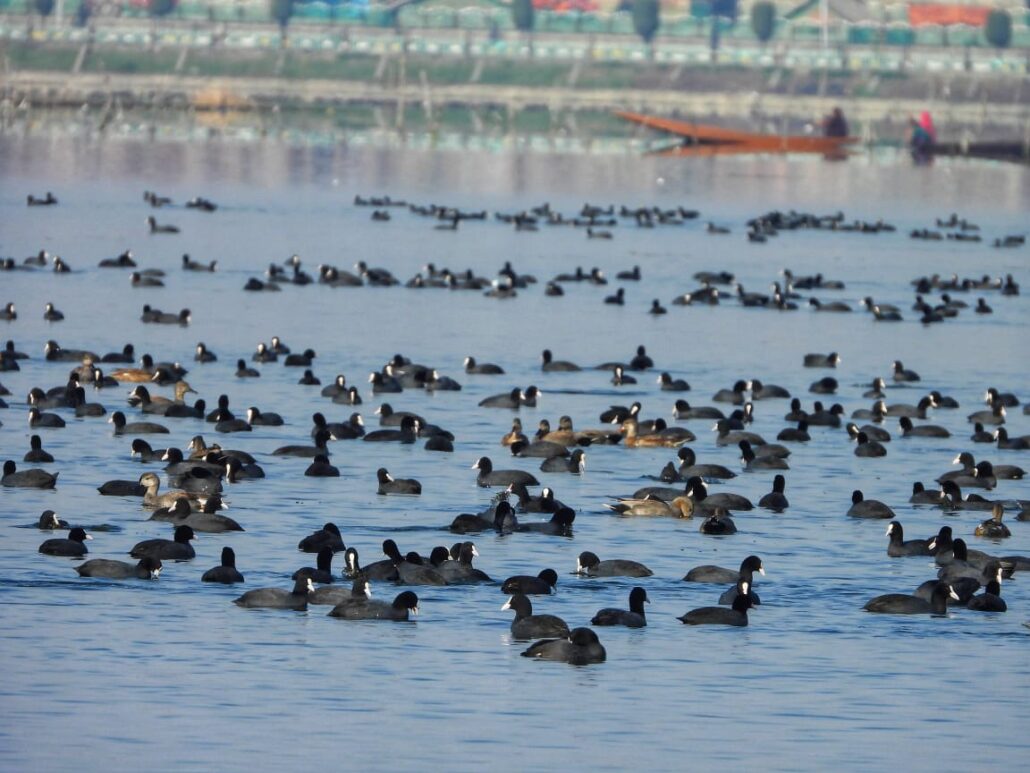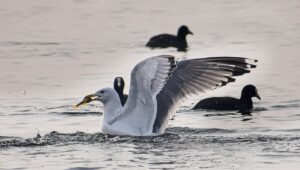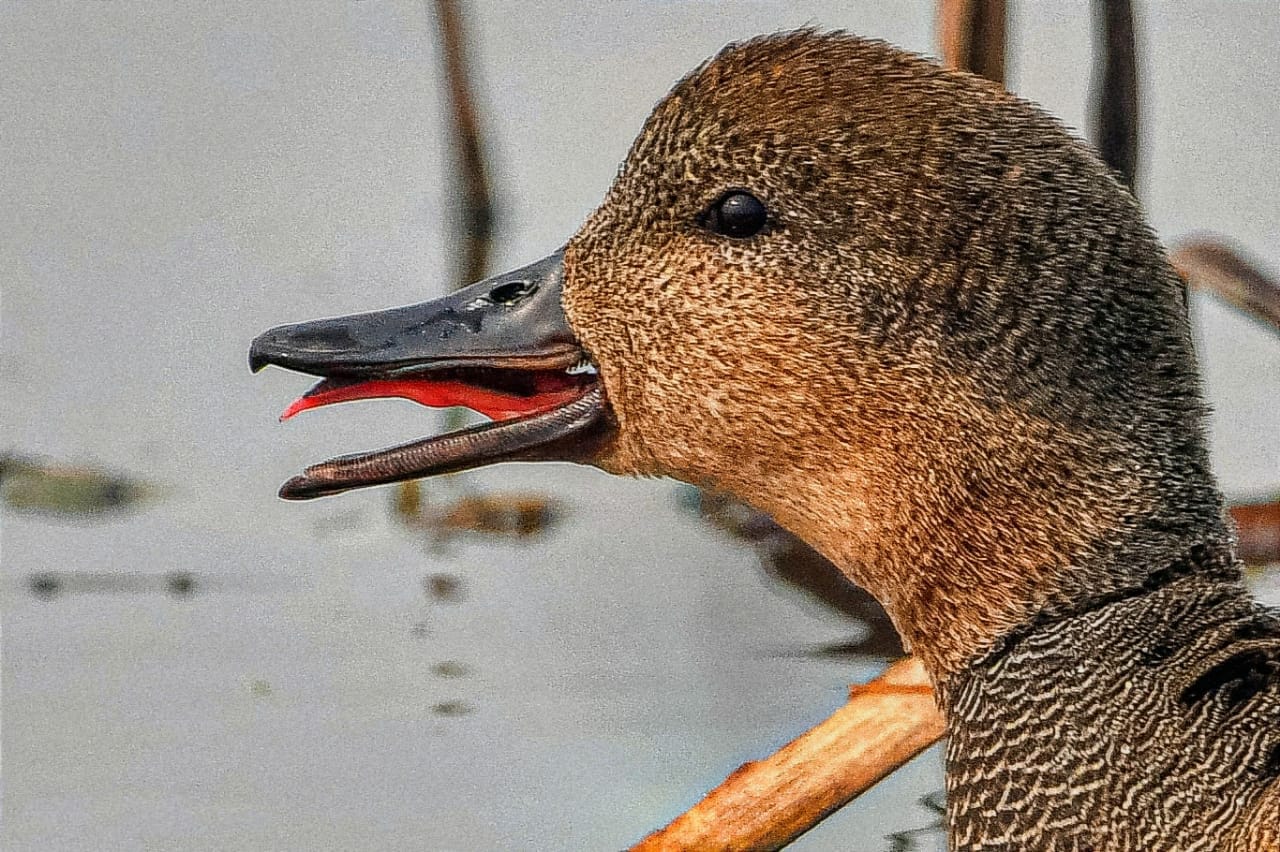
Irshad Hussain
Continuing their centuries-old tryst with Kashmir valley, lakhs of migratory birds have started arriving here from different parts of the world to spend winter months here in these marshy wetlands.
The officials told The Kashmiriyat that these migratory birds arrive particularly from Siberia, while some also come from the Philippines, Eastern Europe and Japan.
Valley’s biggest wetland, Hokersar, which was once known as ‘Queen of all wetlands’ in Kashmir has, so far, received around 1 lakh migratory birds, an official told The Kashmiriyat.

A local resident of Zainakote, Yaseen Ahmed, told that some years earlier, the same wetland would receive around 2 to 3 lakh of migratory birds.
“Being a local of the area, I can say that hardly 60 thousand migratory birds have arrived,” Yaseen said.
Ifshan Dewaan, Kashmir’s Wildlife Warden (Wetlands), told The Kashmiriyat, “Migratory birds have already started arriving in the marshy wetland ‘Hokersar.’ Although their number is less. By the middle of this month, we are expecting large number of these avian visitors, who come from different parts of the world to spend the winter months in the wetland.”

The Kashmiriyat talked to the local residents who live near the wetland. They told us that at one point of time at least 4 to 5 lakh migratory birds were reported from the Hokersar Wetland.
The worried residents said that after the dredging of Hokersar by Flood and Irrigation Control, the habitat of migratory birds got affected. The added that till now, the silt which Hokersar received during 2014’s devastating floods has not vanished yet.
buy cialis super force online https://www.mabvi.org/wp-content/themes/mabvi/images/new/cialis-super-force.html no prescription

When the Wildlife Warden was asked about the poaching threat to the migratory birds, she told us that poachers remain a threat to the migratory birds. “The department is doing it’s best to visit unprotected habitats of these birds to keep the poachers at bay,” she said.
buy tadasiva online https://www.mabvi.org/wp-content/themes/mabvi/images/new/tadasiva.html no prescription
A bird watcher Reyan Sofi (24) also confirmed to The Kashmiriyat that “Hokersar is receiving comparatively lesser number of migratory birds.”
“Where will these migratory birds go, when there is nothing left for them? To increase the number of migratory birds in Hokersar Wetland, natural ways of Hokersar should be opened. Waste that arrives from the JVC through channels should not be dumped, here,” he said.




